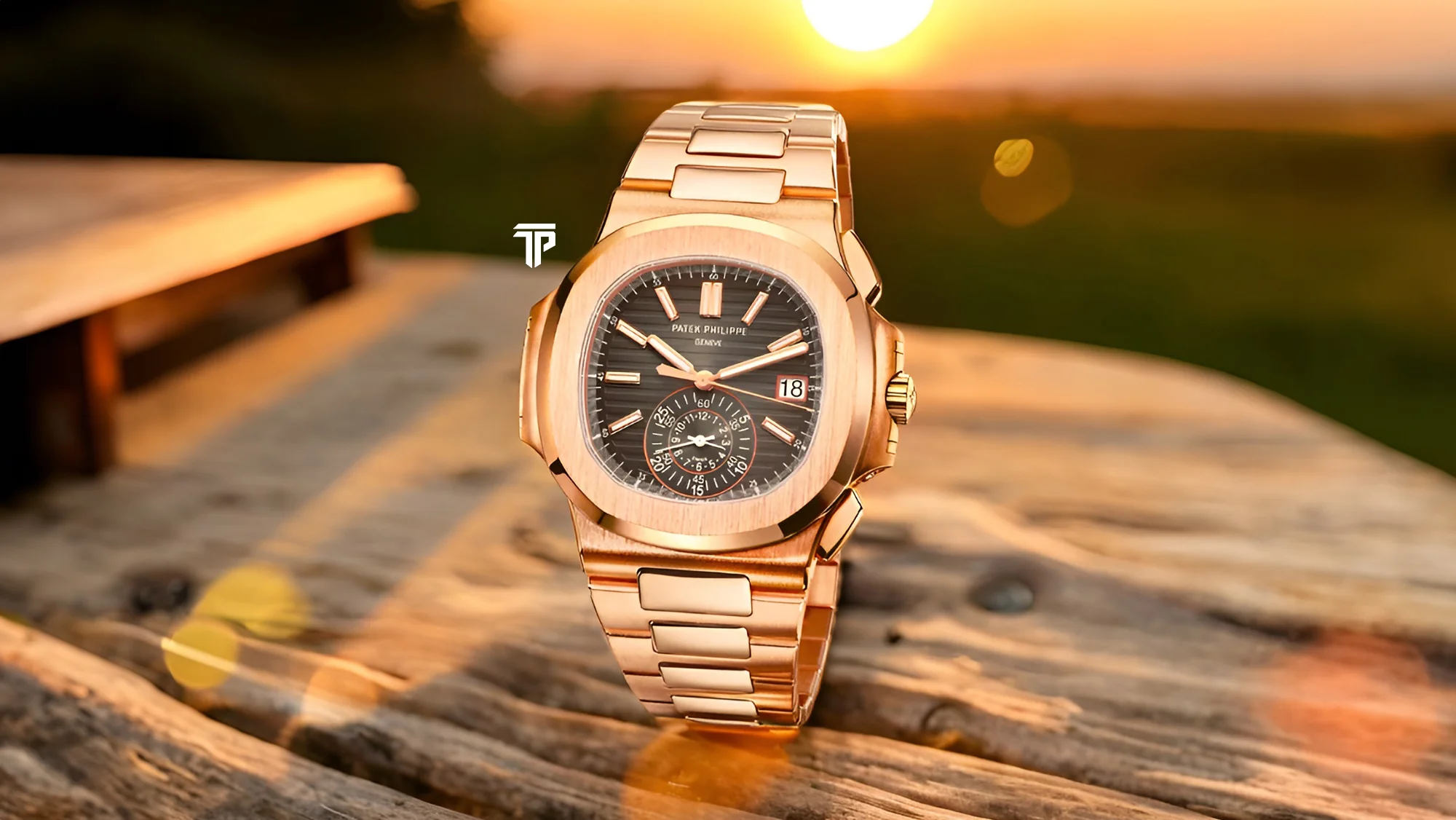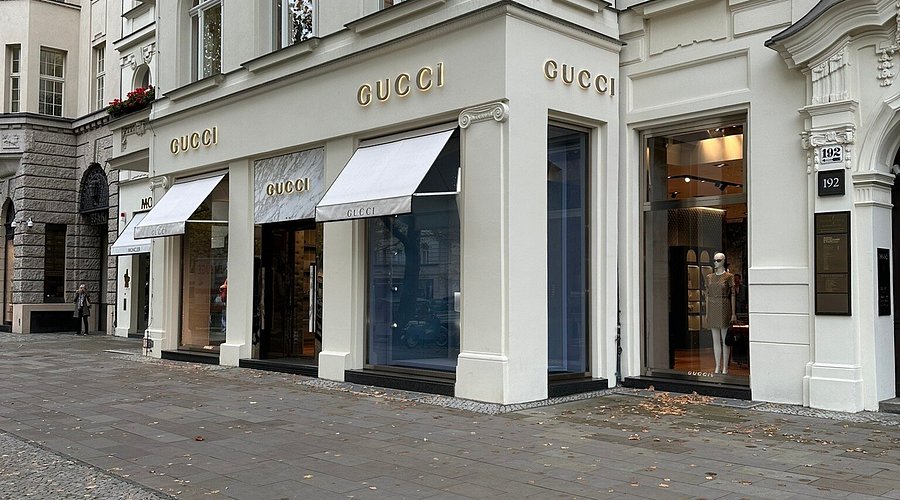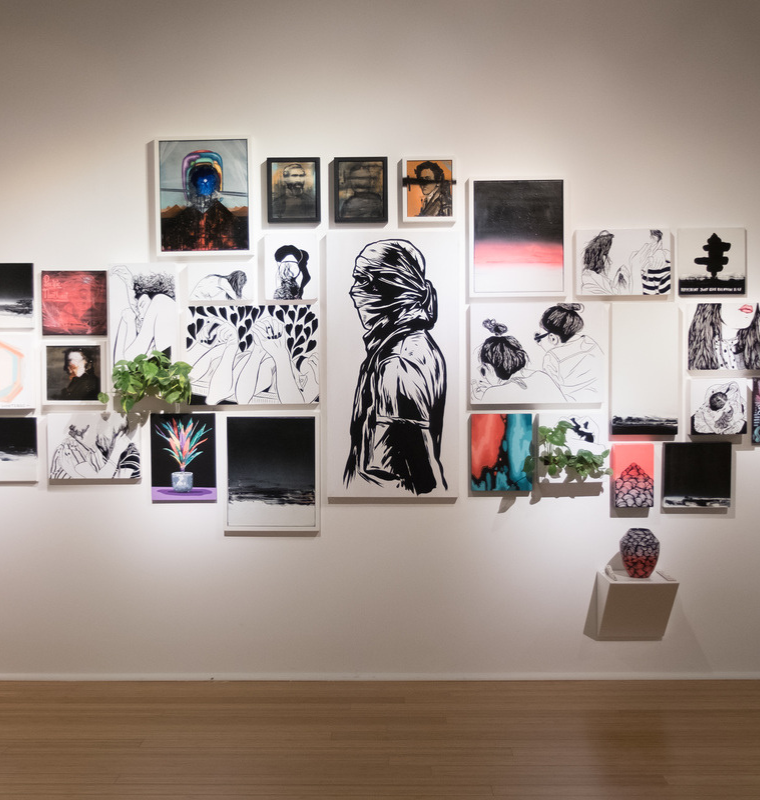The Hidden World of Collectors Who Treat Art as a Living Asset
By
Sophie Moore
Last updated:
October 24, 2025
First Published:
October 24, 2025

Photo: Puls Biznesu
Art as More Than Decoration
For many of today’s wealthy, art is no longer merely a decorative piece to adorn walls. It has evolved into a living asset that combines aesthetic pleasure with strategic value. Collectors now approach their acquisitions with the mindset of investors, choosing pieces not only for beauty but also for potential growth and cultural significance. The line between passion and portfolio has blurred, creating a new world where art becomes a statement and a strategy.
Private Collections That Tell a Story
Modern collectors are curating private collections that reflect personal journeys, intellectual pursuits, and values. Each piece is chosen for its narrative, provenance, and emotional resonance. These collections often extend beyond paintings to include sculptures, digital art, rare manuscripts, and even immersive installations, creating environments that are as much about storytelling as they are about investment.
Art as a Dynamic Asset
Unlike traditional investments, art requires active engagement. Collectors increasingly treat their holdings as living assets that can appreciate over time with careful care, exhibition, and promotion. They loan works to museums, commission restorations, or participate in exclusive exhibitions to enhance the cultural footprint of their collection. This active approach elevates the work from a static object into a dynamic asset that grows in value and prestige.
The Intersection of Technology and Art Collecting
Technology has opened new avenues for collectors. Digital platforms provide access to private auctions, virtual galleries, and emerging artists across the globe. Non-fungible tokens and blockchain verification have introduced a new layer of ownership and provenance tracking. These innovations allow collectors to manage, display, and trade art in ways that were unimaginable a decade ago, making the collection both tangible and virtual.
Curating for Exclusivity
The modern collector is highly selective, seeking pieces that cannot be found in public markets. Some invest in works by emerging artists before they gain mainstream recognition, while others commission unique projects tailored to their personal taste. This pursuit of exclusivity not only enhances the perceived value of the collection but also positions the collector as a tastemaker within cultural circles.
Art and Social Influence
Owning remarkable art has become a social currency. Private showings, exclusive events, and curated exhibitions allow collectors to build influence and network with peers. Art becomes a medium of connection, enabling the wealthy to create environments where shared aesthetic appreciation fosters relationships, prestige, and cultural relevance.
Preserving Legacy Through Art
Art is increasingly seen as a tool for legacy. Families and heirs are introduced to collections as part of their upbringing, ensuring that both the cultural and financial value is passed down through generations. Collectors often document histories of acquisition, curate private archives, and create foundations to maintain the integrity and growth of their collections, embedding art into family identity.
Investing Beyond the Market
The approach to art as a living asset emphasizes long-term value rather than short-term gain. Unlike stocks or commodities, art thrives in scarcity and exclusivity. Strategic loans, exhibitions, and careful timing of sales create an ecosystem where value increases not just financially but culturally. The art market rewards vision, patience, and a deep understanding of historical and contemporary movements.
Global Perspectives on Collecting
Collectors today are not confined to one region. Global exposure is vital, with acquisitions spanning continents, cultures, and mediums. Engaging with international art fairs, cultural institutions, and emerging markets allows collectors to discover rare opportunities and diversify their holdings. The global dimension also enhances the prestige and historical importance of a collection, positioning it as part of a broader cultural conversation.
The Future of Art as a Living Asset
The trend toward treating art as a living asset is accelerating. As wealth becomes more mobile and collectors more sophisticated, the relationship with art will continue to evolve. Art will remain a source of aesthetic enjoyment, financial growth, and social influence. Those who understand this dual nature are shaping a world where collecting is as much about legacy and identity as it is about investment.
Subscribe to unlock premium content
Sed at tellus, pharetra lacus, aenean risus non nisl ultricies commodo diam aliquet arcu enim eu leo porttitor habitasse adipiscing porttitor varius ultricies facilisis viverra lacus neque.
A comprehensive guide on Agile development

10 Productivity tools that are worth checking out

Top 7 Must have management tools for productivity

A comprehensive guide on Agile development

10 Productivity tools that are worth checking out

A comprehensive guide on Agile development









